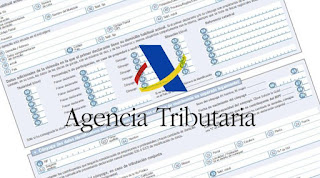Getting wed

Maggie suggested we should marry. It wasn't that, after a 32-year-long trial period and 28 years living under the same roof, we were ideally suited; it was because she thought it might be easier to arrange for care and nursing if we were legally bound. I was my usual enthusiastic and romantic self. I said fair enough. The list of documentation for a civil marriage in Pinoso is not too onerous. Proof of identity and sometimes proof of address. Something to prove that you are free to marry – single, divorced or widowed plus a full birth certificate for each person. Foreign birth certificates need an apostille and have to be translated, by an official translator, into Spanish. That translated birth certificate can be no more than three months old at the presentation of the paperwork to the Justice of the Peace. On top of that we would have needed a couple of Spanish speaking witnesses when we handed over the documentation and later, at the ceremony, two more to sort of represent each ...








